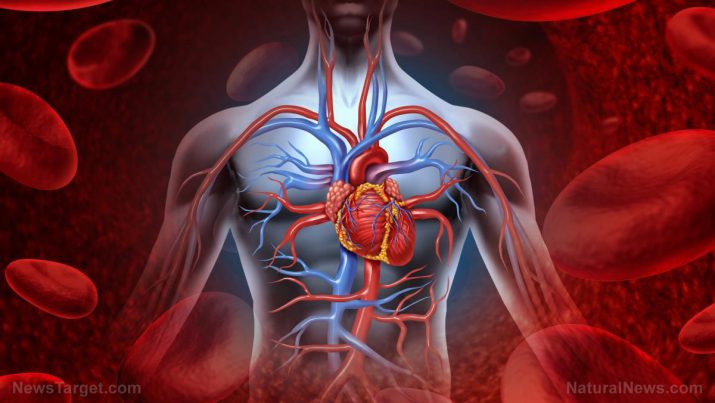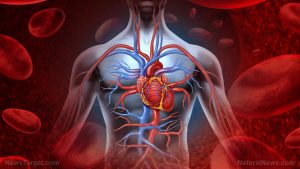
Aortic Stenosis – causes, side effects and treatments at NaturalPedia.com
Wednesday, January 03, 2018 by Rita Winters
http://www.naturalpedia.com/aortic-stenosis-causes-side-effects-and-treatments-at-naturalpedia-com.html

Aortic stenosis is the narrowing of the aortic valve, which restricts the blood flow from the heart to the rest of the body. It is usually caused by aging, congenital heart disease, valve abnormalities (bicuspid valve), rheumatic heart disease, and calcium deposits. The aortic valve has three cusps, or leaflets. When open, the valve lets in oxygen-rich blood from the left ventricle, through the aorta, and out into the body. The valve then closes its leaflets to prevent blood from regurgitating back to the heart. If, in the case of stenosis, the aortic valve is narrowed or does not open properly, the heart will need to work more to pump out blood, causing pressure on the left ventricle, and often resulting in death.

Known side effects of aortic stenosis
Aortic stenosis does not always cause symptoms. When the disease is advanced, individuals may experience breathlessness, chest pain (angina), pressure or tightness in the chest, syncope (fainting), palpitations (or heavily pounding heartbeats), reduced ability to do normal activities, and heart murmur.
Other symptoms include bloody cough, labored breathing, fatigue, dizziness, and chest pain that reaches into the arms, neck, and jaw.
Infants and children who have aortic stenosis may be lethargic, have poor weight gain, feed poorly, show breathing problems within days or weeks of birth, and may be more prone to a heart infection called bacterial endocarditis.
Body systems harmed by aortic stenosis
Aortic stenosis affects first and foremost, the heart, since the aortic valve is located there. The muscoloskeletal system is also affected by aortic stenosis since the muscles need oxygen-rich blood in order for it to function properly. The brain may also be a deprived of oxygen, especially if the disease is severe.
Complications from aortic stenosis include pulmonary edema (excess fluid in the lungs), cardiomegaly (enlarged heart), congestive heart failure (fluid build up around the heart that makes it pump inefficiently), and heart arrhythmia or ventricular fibrillation (abnormal heart rate).
Food items or nutrients that may prevent aortic stenosis
For individuals living with aortic stenosis, diets must be low in salt and cholesterol, high in fiber, and must not include alcohol. Foods high in potassium, vitamin D, and vitamin K are highly suggested, and should always be incorporated in daily meals. Fruits and vegetables should be a daily dietary standard.
While aortic stenosis may be inherited or may come with age, some foods may help prevent its onset. These include apples, garbanzo beans, almonds, and blueberries. These food items are rich in vitamins, minerals, and antioxidants which delay the cell aging process.
It is also important to engage in an active lifestyle to promote a healthy heart and blood circulation.
Treatments, management plans for aortic stenosis
Medication such as angiotensin-converting enzyme (ACE) inhibitors and water tablets (diuretics) are the usual recommendations. Other cardiologists might suggest surgery for advanced cases, which include valvotomy (widening of the valve), open heart surgery (valve replacement), transcatheter aortic valve replacement (TAVR), and stretching the stenosed valve (balloon valvuloplasty). Though costly, preventive surgery for mild cases of aortic stenosis may help minimize the damage to the heart.
Where to learn more
Summary
Aortic stenosis is described as the narrowing of the aortic valve.
Aortic stenosis limits the distribution of oxygen-rich blood, causing other illnesses in the body.
Aortic stenosis can be managed with the help of a healthy diet and with surgery.
Sources include:
Tagged Under: Tags: aortic stenosis





